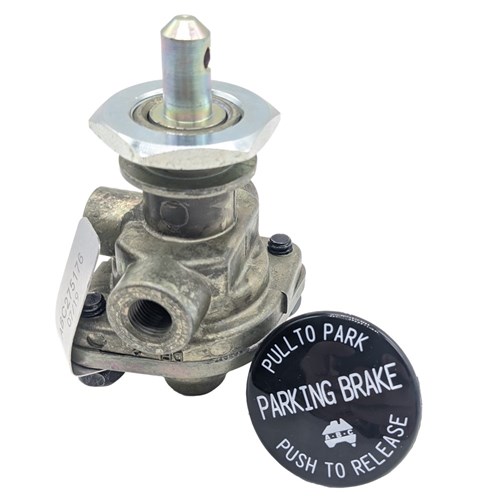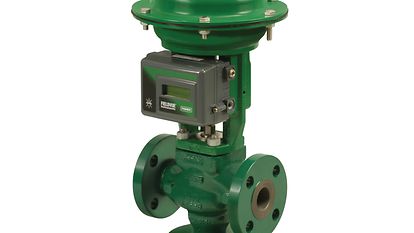
Maximize Power Cost Savings and Comfort With Advanced Building Automation Controls
In the realm of modern design and facility monitoring, the assimilation of innovative structure automation manages stands as an essential advancement. The merging of technology and sustainability has birthed a brand-new era where energy efficiency, comfort optimization, and operational streamlining are no longer far-off aspirations but achievable truths. By harnessing the power of automation, structures can adjust, react, and evolve in means that were when inconceivable. The potential for considerable energy financial savings and improved convenience is not just a pledge but an opportunity waiting to be fulfilled. This standard change in building monitoring holds the essential to opening a world where ecological conscientiousness and resident health harmoniously exist side-by-side within the wall surfaces of our structures.
Energy Effectiveness Conveniences
Energy effectiveness advantages can significantly minimize power intake and operational costs in structures. By executing energy-efficient methods and modern technologies, building proprietors and operators can achieve considerable financial savings while additionally adding to environmental sustainability. Among the primary advantages of enhancing power efficiency in structures is the decrease of utility costs. Energy-efficient systems, such as sophisticated structure automation controls, can optimize making use of resources like air conditioning, home heating, and lights, leading to lower power expenditures with time.
Moreover, improved power performance can lengthen the lifespan of building tools and systems. By running more successfully, a/c systems, lighting fixture, and other structure elements experience much less deterioration, resulting in reduced upkeep and replacement prices. Furthermore, energy-efficient buildings frequently regulate higher property worths and rental rates, providing long-term economic advantages to owners.
Additionally, power effectiveness can improve resident comfort and productivity. Properly regulated interior atmospheres with optimal illumination and thermal problems develop a more pleasurable and helpful work space, leading to boosted worker complete satisfaction and performance. Overall, the energy efficiency advantages connected with advanced building automation controls are diverse, including cost financial savings, environmental stewardship, and passenger well-being.
Improved Convenience Control
Enhancing convenience control in structure atmospheres calls for an advanced combination of sophisticated automation systems for ideal passenger well-being. By making use of innovative structure automation controls, facilities can tailor the interior environment to fulfill the details demands and choices of passengers. control valves.
Improved comfort control surpasses fundamental temperature level changes. It includes attributes such as individualized settings, occupancy sensing units, and natural light use to develop a responsive and dynamic environment. By including these sophisticated controls, structures can not just improve convenience yet also boost energy performance by optimizing system operations based upon real occupancy and usage patterns. Inevitably, prioritizing passenger convenience through innovative automation systems results in a much more enjoyable and healthier interior environment.
Operational Efficiency Improvements

Moreover, the implementation of real-time monitoring and analytics devices enables building drivers to identify energy inefficiencies and functional anomalies without delay. By constantly monitoring energy usage patterns and system performance metrics, modifications can be made in real-time to enhance power consumption and make certain peak operational efficiency. control valves. Furthermore, incorporating demand reaction strategies right into building automation controls can better improve functional performance by dynamically adjusting power use based on grid conditions and pricing signals
Indoor Climate Optimization
Efficient indoor environment optimization is a basic aspect of building automation controls, making sure owners' convenience and wellness while making best use of power financial savings. By making use of sophisticated sensors and controls, building automation systems can constantly keep an eye on and change temperature level, moisture degrees, air top quality, and air flow to develop an optimal indoor setting. Preserving consistent and comfy problems not just enhances occupant contentment however additionally boosts performance and general well-being.
Interior environment optimization likewise plays a critical duty in power efficiency. By fine-tuning heating, air conditioning, and air flow systems based on real-time information and tenancy patterns, constructing automation controls can significantly lower power intake - control valves. Carrying out approaches such as demand-controlled air flow and thermal i loved this zoning can assist lessen power waste while making sure that each area of the structure receives the necessary conditioning.

Sustainable Environment Development
Structure automation regulates not just optimize interior environment conditions for power performance and owner comfort however also lay the structure for creating a sustainable setting via critical monitoring of resources and systems. By incorporating sophisticated building automation technologies, such as sensing units, actuators, and smart software, centers can change and check energy use in real-time to minimize waste and lower their carbon impact. These systems enable anticipating upkeep, determining possible problems before they intensify and maximizing equipment efficiency to enhance durability and performance.
Additionally, lasting environment production extends past power monitoring to encompass water conservation, waste decrease, and interior air high quality renovation. Building automation controls can manage water use, discover leakages, and make certain correct waste disposal practices, contributing to total sustainability efforts. Additionally, by controlling and keeping track of air flow and filtration systems, these modern technologies boost owner health and productivity while reducing power usage connected with cooling and heating operations.
Final Thought
Finally, advanced building automation web link regulates offer considerable advantages in terms of power savings, comfort control, operational performance, indoor environment optimization, and developing a sustainable setting. By applying these controls, structures can accomplish ideal performance while minimizing energy intake and enhancing resident comfort. It appears that using innovative automation technology is critical in boosting structure performance and developing a more lasting future.
Energy effectiveness benefits can considerably minimize power consumption and operational costs in buildings. Overall, the power effectiveness advantages linked with sophisticated structure automation controls are complex, incorporating price financial savings, ecological stewardship, and owner well-being.
In addition, integrating demand action methods right into structure automation controls can additionally improve operational effectiveness by dynamically adjusting power use based on grid conditions and rates signals.
Building automation manages not only maximize indoor environment problems for energy performance and passenger comfort yet also lay the foundation for you can try these out creating a sustainable setting through strategic monitoring of sources and systems.In verdict, progressed building automation manages offer significant advantages in terms of energy cost savings, comfort control, functional effectiveness, indoor environment optimization, and developing a sustainable environment.